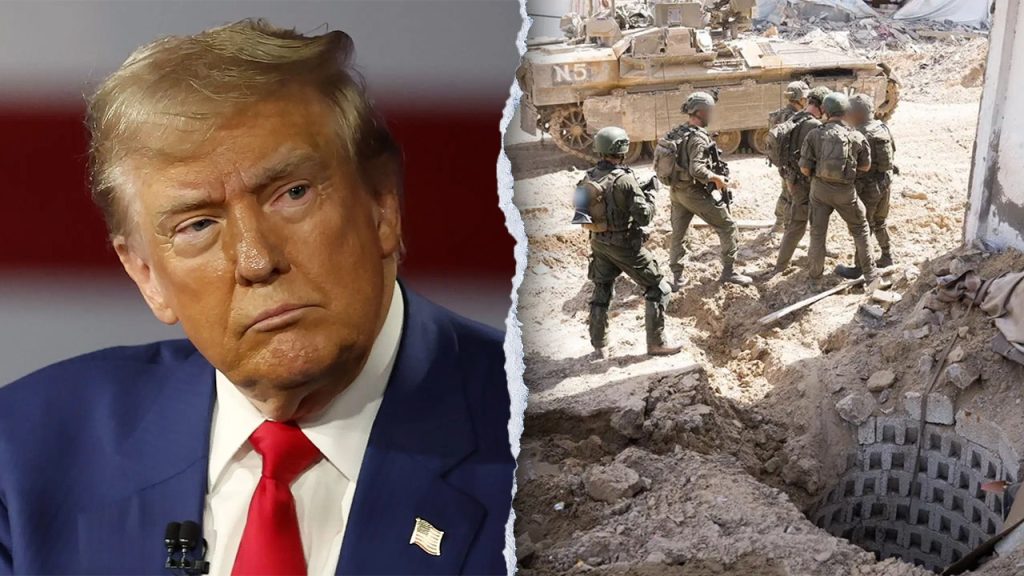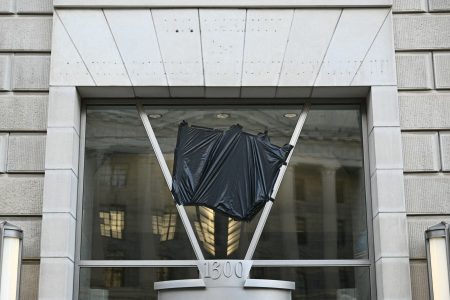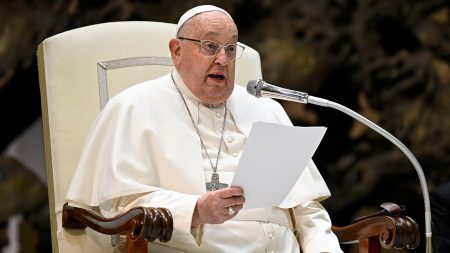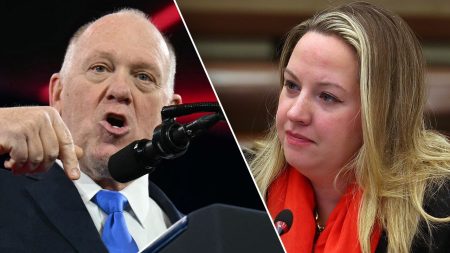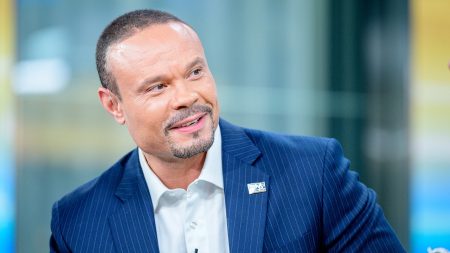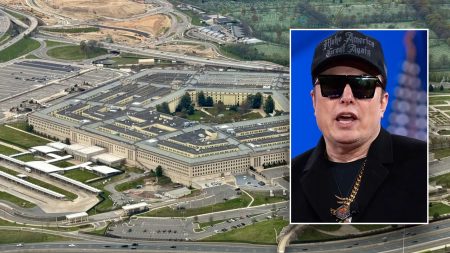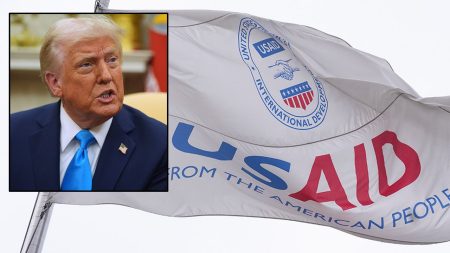The fragile ceasefire agreement brokered between Israel, Hamas, and Hezbollah teeters on the brink of collapse as disputes erupt over crucial implementation details, casting a long shadow over the prospects for lasting peace. The primary sticking point revolves around the prisoner exchange process. Israel accuses Hamas of deviating from the agreed-upon order of hostage release, a breach that prompted Israeli forces to halt the return of thousands of Palestinian refugees to northern Gaza. This action underscores the deep mistrust between the parties and the precarious nature of the ceasefire. The stalled repatriation further exacerbates the humanitarian crisis in Gaza, leaving displaced Palestinians in limbo and fueling tensions in the region.
Adding to the complexity is Israel’s refusal to fully withdraw its troops from southern Lebanon as stipulated in the ceasefire agreement. Israel contends that its withdrawal is contingent upon the Lebanese government fulfilling its responsibilities under the terms of the agreement, which included disarming Hezbollah in the area. This deadlock has raised concerns about potential renewed clashes and further jeopardizes the already tenuous stability. Israeli Defense Forces (IDF) reported firing warning shots at individuals approaching their positions in southern Lebanon, and detaining some for questioning. These actions, coupled with the ongoing IDF presence, heighten the risk of unintended escalation and underscore the volatile situation on the ground.
The United Nations Interim Force in Lebanon (UNIFIL) has voiced its apprehension regarding the evolving situation, particularly the IDF’s actions against Lebanese civilians attempting to return to their homes still occupied by Israeli forces. UNIFIL’s condemnation of the IDF’s use of force against civilians highlights the potential for further violence to unravel the ceasefire and destabilize the region. The international community’s concerns reflect the gravity of the situation and underscore the urgent need for all parties to adhere to the ceasefire terms and prioritize de-escalation.
Further complicating the situation are controversial remarks made by former U.S. President Donald Trump, who advocated for Egypt and Jordan to absorb Palestinian refugees from Gaza as a means of “cleaning out” the region. This statement has been met with widespread criticism, with many viewing it as insensitive and impractical. The suggestion to displace a large population ignores the complex historical, political, and humanitarian implications of such a move. Trump’s proposal, while unlikely to gain traction, injects further discord into the already fraught situation, and highlights the ongoing challenges in addressing the root causes of the conflict.
The confluence of these factors – the prisoner exchange dispute, Israel’s conditional withdrawal from Lebanon, the IDF’s actions against civilians, and Trump’s controversial statements – creates a volatile mix that threatens to unravel the delicate ceasefire. The lack of trust and the persistent disagreements on key implementation details highlight the deep-seated challenges in achieving a lasting peace.
The stalled prisoner exchange, in particular, represents a critical obstacle. Families on both sides anxiously await the return of their loved ones, and the perceived breach of the agreement fuels anger and distrust. Israel’s insistence on linking its withdrawal from Lebanon to the Lebanese government’s actions further complicates matters, creating a standoff that could easily escalate into renewed violence. The IDF’s actions against civilians seeking to return home add another layer of complexity, exacerbating tensions and increasing the risk of further clashes. Finally, Trump’s controversial statements, though unlikely to be implemented, inject further instability into an already volatile situation. These combined challenges underscore the fragility of the ceasefire and the urgent need for continued dialogue and mediation to prevent a relapse into conflict. The international community must play a crucial role in facilitating communication, promoting de-escalation, and addressing the underlying issues that fuel the conflict. The future of the ceasefire and the prospects for lasting peace hinge on the willingness of all parties to engage in good faith efforts to resolve their differences and prioritize a peaceful resolution. Failure to do so risks a return to violence with devastating consequences for the region.




